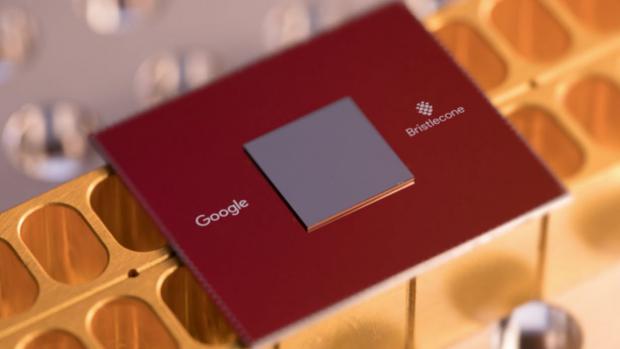
Breaking News
 Six men are making AI decisions for 8 billion people
Six men are making AI decisions for 8 billion people
 Making a Killing: FULL DOCUMENTARY FILM
Making a Killing: FULL DOCUMENTARY FILM
 Rockefeller Foundation Partners With MrBeast To Target Youth With "Next-Gen" Propaganda
Rockefeller Foundation Partners With MrBeast To Target Youth With "Next-Gen" Propaganda
Top Tech News
 Build a Greenhouse HEATER that Lasts 10-15 DAYS!
Build a Greenhouse HEATER that Lasts 10-15 DAYS!
 Look at the genius idea he came up with using this tank that nobody wanted
Look at the genius idea he came up with using this tank that nobody wanted
 Latest Comet 3I Atlas Anomolies Like the Impossible 600,000 Mile Long Sunward Tail
Latest Comet 3I Atlas Anomolies Like the Impossible 600,000 Mile Long Sunward Tail
 Tesla Just Opened Its Biggest Supercharger Station Ever--And It's Powered By Solar And Batteries
Tesla Just Opened Its Biggest Supercharger Station Ever--And It's Powered By Solar And Batteries
 Your body already knows how to regrow limbs. We just haven't figured out how to turn it on yet.
Your body already knows how to regrow limbs. We just haven't figured out how to turn it on yet.
 We've wiretapped the gut-brain hotline to decode signals driving disease
We've wiretapped the gut-brain hotline to decode signals driving disease
 3D-printable concrete alternative hardens in three days, not four weeks
3D-printable concrete alternative hardens in three days, not four weeks
 Could satellite-beaming planes and airships make SpaceX's Starlink obsolete?
Could satellite-beaming planes and airships make SpaceX's Starlink obsolete?
Google's new quantum processor could soon outperform classic supercomputers

Bringing us ever closer, Google has now unveiled Bristlecone, a new quantum computer chip with the record-setting power of 72 quantum bits (qubits).
Traditional computers perform their calculations in binary, so every bit of data is represented as either a zero or a one. Thanks to the quirky science that is quantum mechanics, a qubit can be in a superposition of both, effectively representing both a zero and a one at the same time. That means the power of a quantum computing system scales exponentially – two qubits can represent four states at once (00, 01, 10 and 11), three qubits represent eight, and so on.
As a result, quantum computers are great at performing simultaneous operations, processing all of these states at the same time where classic computers would have to run through each in turn. That means that, theoretically, a quantum computer made with a 49-qubit chip (like Tangle Lake, a processor Intel unveiled at CES in January) could outperform our current best supercomputers at certain types of operations.

 Defend yourself like a pro
Defend yourself like a pro First totally synthetic human brain model has been realized
First totally synthetic human brain model has been realized Mach-23 potato gun to shoot satellites into space
Mach-23 potato gun to shoot satellites into space

